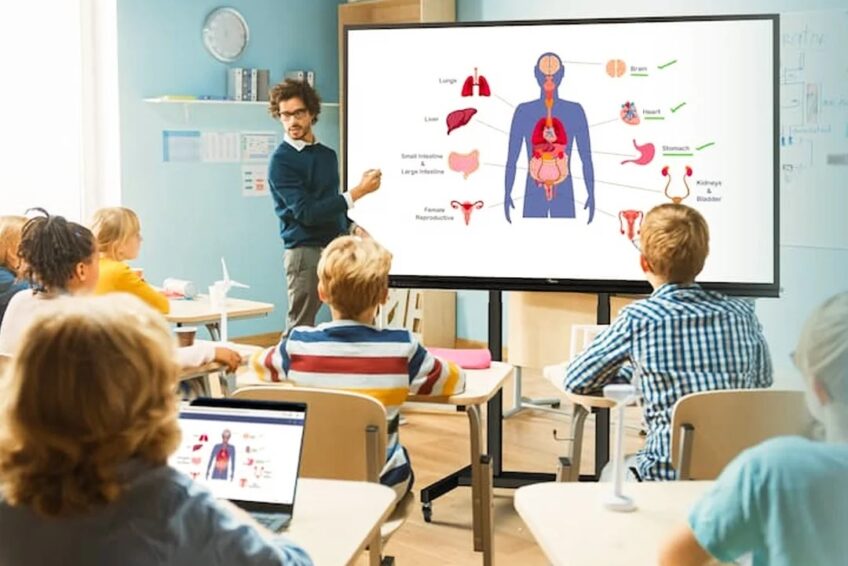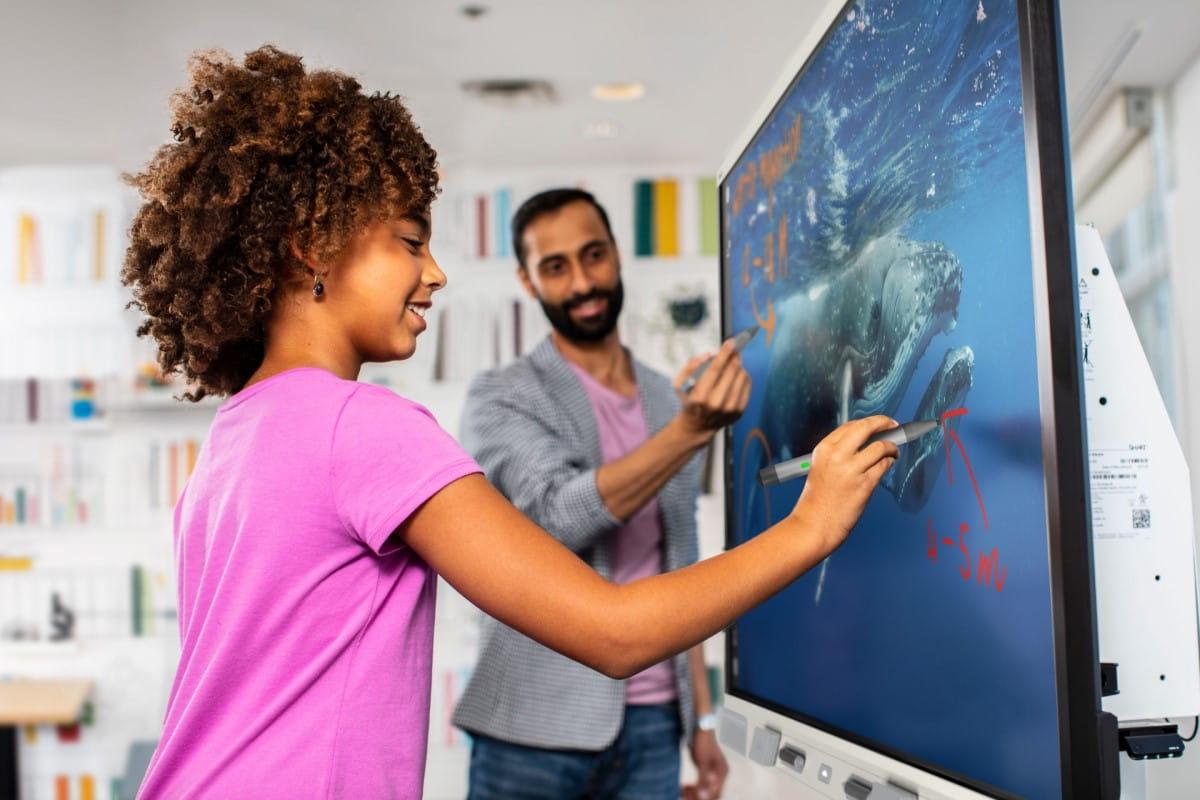Screens
“screens” usually refer to display devices used for teaching, learning, collaboration, and administration. These include:
Types of Screens:
- Interactive Flat Panels (IFPs) – Touch-enabled smart screens (like large tablets)
- Smart Boards – Whiteboards with digital and touch features
- Monitors – Used with desktop computers in labs
- Projectors with Screens – Older classrooms often use these to display lessons
- Tablets/Chromebooks – Student-facing screens for 1:1 learning
- Digital Signage – Screens used in hallways or entrances for announcements
Why Are Screens Important in Education?
- 1.Engagement
- 2.Digital Literacy
- 3.Access to Multimedia
- 4.Personalized Learning
Popular Educational Screen Brands
- 1.ViewSonic
- 2.SMART Technologies
- 3.BenQ
- 4.Samsung Education
- 5.Promethean
- 6.LG Interactive Displays
Core Benefits
- 1.High‑quality visuals & performance
- 2.Touch and gesture interactivity
- 3.Strong collaboration & inclusivity
- 4.Immediate feedback & assessment
- 5.Versatile use cases
- 6.Operational efficiency
Productivity & Classroom Management
- Preloaded education software: Many panels include built-in apps for subjects like math, science, and language arts.
- Content sharing: Teachers can import existing whiteboard lessons, switch modes, bookmark apps, and mirror devices .
- Classroom tools: In-built timers, noise meters, screen spotlighting, and interactive widgets help manage engagement—Samsung WAF supports up to 40 touch points .
- Announcements/digital signage: Idle screens can display alerts, schedules, or important messages dynamically.


